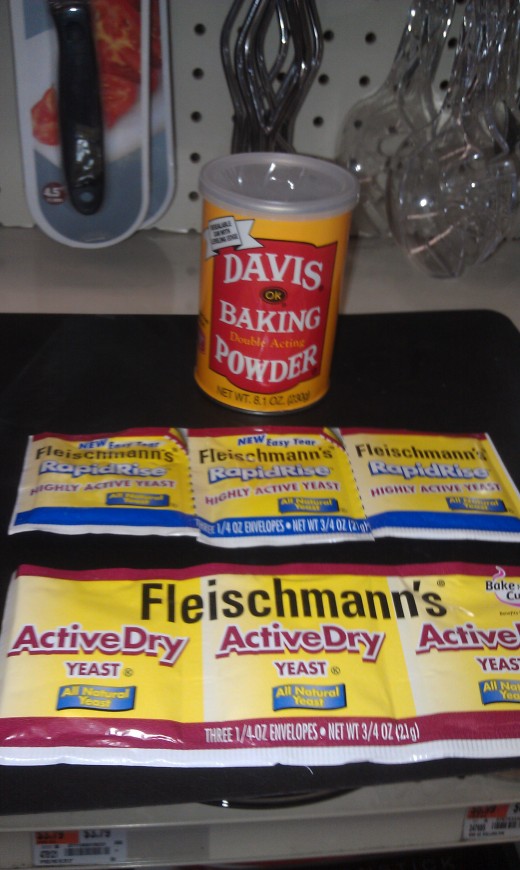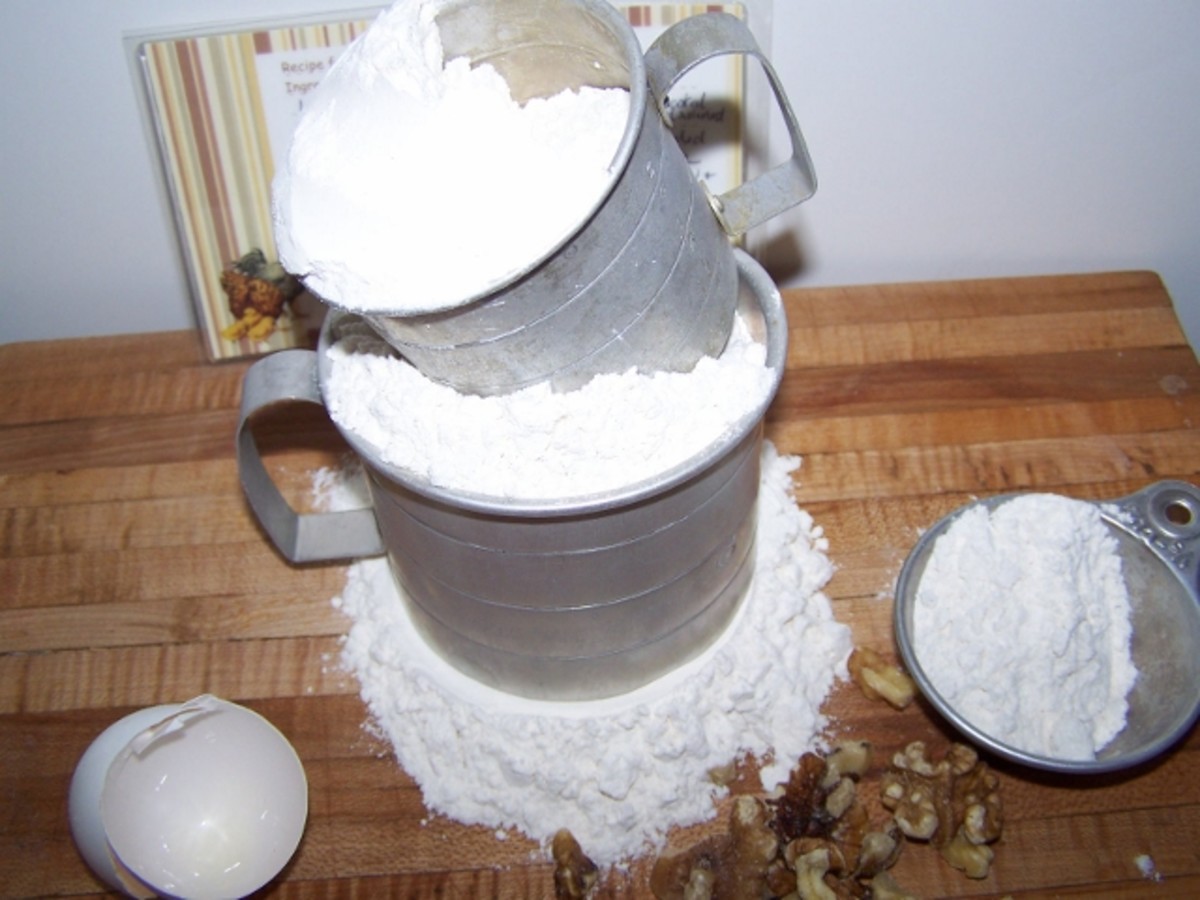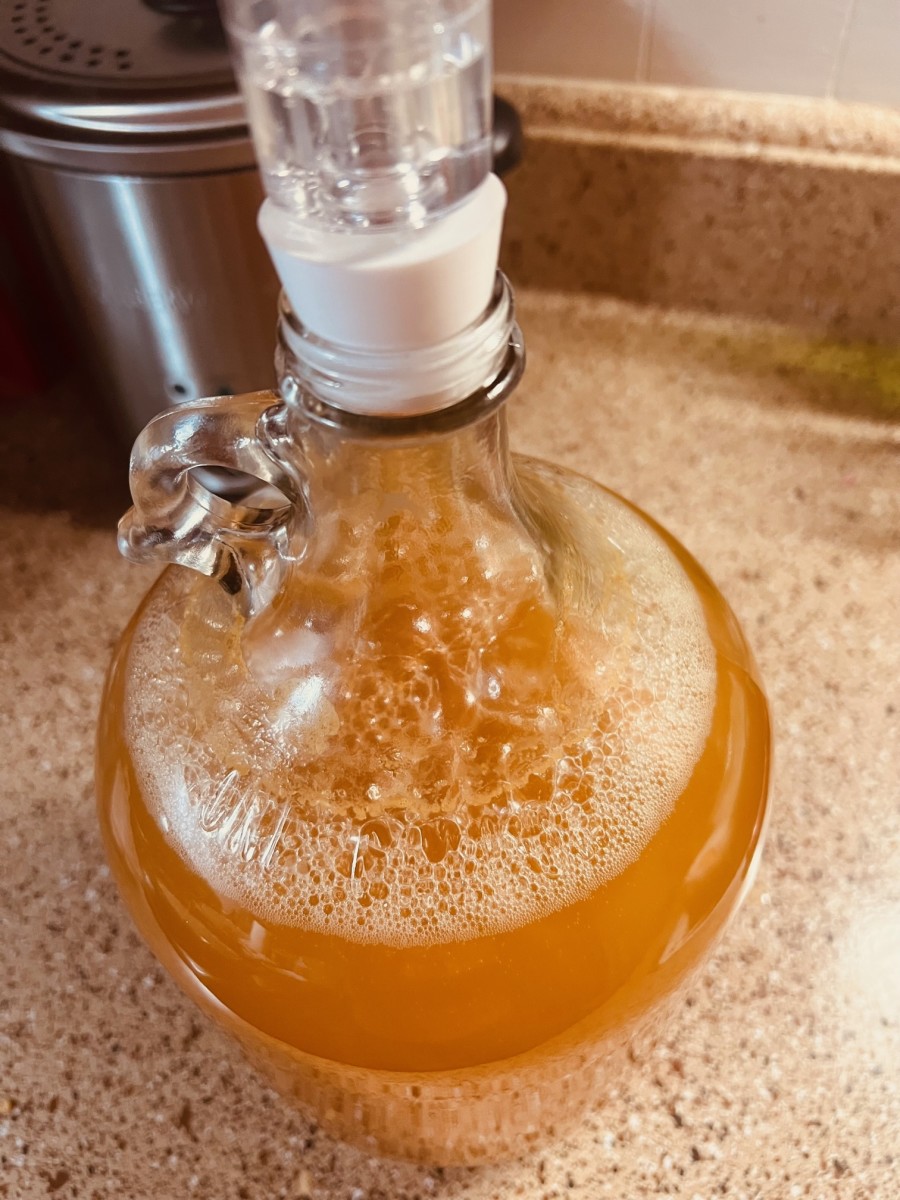How Do Yeast and Baking Powder Differ as Leavening Agents?

According to documentation, yeast, a live, single-cell fungi, became a leavening agent by accident. To the contrary, baking powder-the modern version anyway- was deliberately created. Through the action of fermentation, yeast organisms change sugars into carbon dioxide gas which, when added to dough, gets trapped in its matrix and causes it to rise and stretch. It also reacts with other compounds in the mixture to produce the unique flavor we taste in bread. Baking powder is the combination of acid carbonate, cream of tartar, and moisture filler. The acid carbonate could be calcium phosphate/ baking soda, sodium aluminum sulfate or sodium bicarbonate. The filler is almost always corn starch.
Baker’s yeast or Brewer’s yeast, as it is called to distinguish it from the other 1,400 members of its species, is used primarily in breads. There are two types of yeast: (compound) fresh yeast and (active) dry yeast. The dry is further divided into regular dry yeast and quick-rise, instant or bread machine yeast. The second group works the fastest and requires no added sugar or water for fermentation so, there is no wait period for rising as there is with the dry kind. Instant yeast was actually made for use in bread machines.
Ancient Egyptians were the first to discover yeast’s fermentation property some 5,000 plus years ago. Unbeknownst sugar-containing microbes in grains and fruit were the responsible culprits. Once discovered, the Egyptians began to secure bits of dough to use as leavener in new dough. Later on, bakers used the by-product from brewing alcohol. In the mid-19th century, Louis Pasteur proved yeast to be the organisms responsible for the fermentation and subsequent leavening. Mass production of it began early in the 20th century. Yeast provides protein, B-vitamins, and minerals for good nutrition.
There are three kinds of baking powder: two single-acting and one double-acting. In the latter, the chemical reaction occurs twice: first with water and again with heat. Double-acting baking powder is the one most commonly used as a leavening agent and is found in cakes, pies, cookies, muffins, quick-breads or any baked goods that does not have heavy enough batter to sustain gases. This agent, unlike the dormant dry yeast, has a shelf life of about one year. And though it acts much faster, it is not very potent.
Single-acting baking powder was discovered and sold in the first half of the 19th century. The man responsible, based on the article, “The History of Baking Powder” by Linda Stradeley for the website, www.whatscookingamerica.net, was British chemist, Alfred Bird. The first American manufacturer of the leavening agent was George F. Wilson and Company which later became Rumford Chemical Works. The double-acting powder was first made 30 plus years later by William M. Wright and George Campbell Rew. They sold it under the name, Calumet Baking Powder. There is little nutritional value in baking powder though it contains small amounts of calcium, sodium, iron, and phosphorus.








